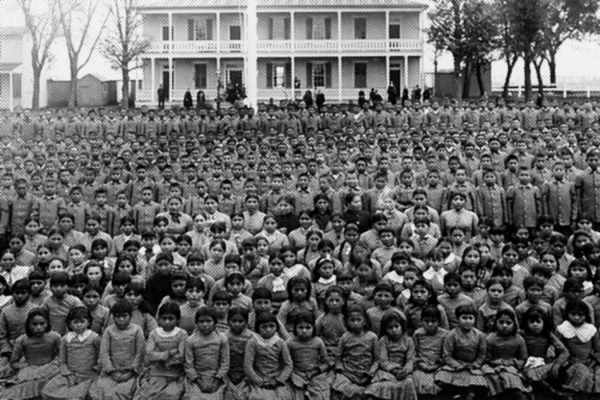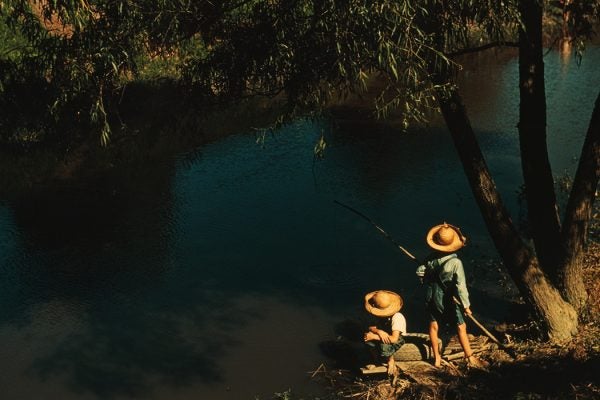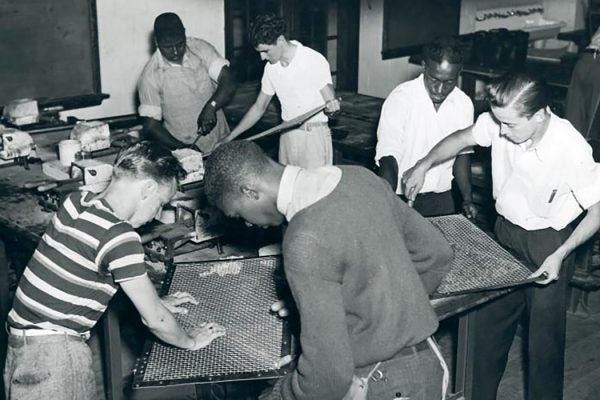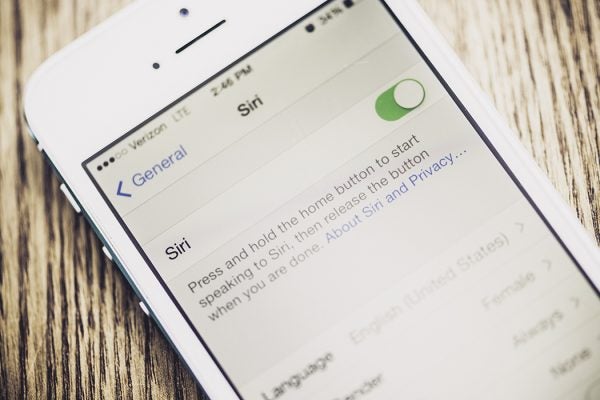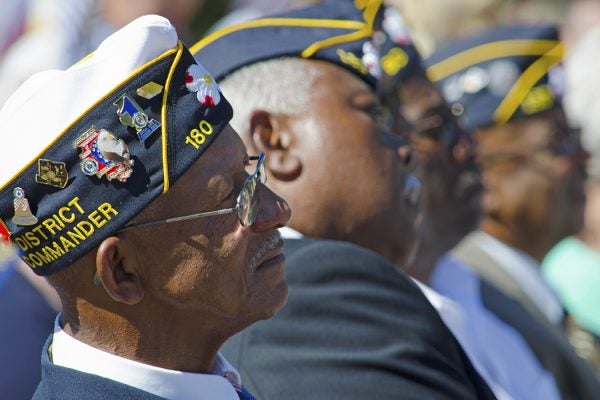Why Picture Books Were Once Considered Dangerous for Children
For Puritan New England, picture books were dangerous. But the Enlightenment, by way of John Locke, made illustrations more acceptable in the classroom.
How Blackboards Transformed American Education
Looking at the history of U.S. education, Steven D. Krause argues that that most transformative piece of technology in the classroom was the blackboard.
The Cooking Classes that Americanized Jewish Immigrants
At the end of the 19th century, a Wisconsin woman named Elizabeth “Lizzie” Black Kander tried to help immigrants assimilate, through the food they ate.
How Native Americans Taught Both Assimilation and Resistance at Indian Schools
In the nineteenth century, many Native American children attended “Indian schools” designed to blot out Native cultures in favor of Anglo assimilation.
Are Classroom Holiday Parties Constitutional?
Can schools let students and teachers celebrate religions holidays without violating the First Amendment’s Establishment Clause?
Why Our Work Affects How Kids Play
The way we think about the skills kids need—and even how they should play—is deeply tied to the characteristics we expect them to need as adults.
John Green
John Green spoke with The English Journal about his writing, how English teachers can connect with young readers, advice for young writers, and more.
How Schools Got into the Job-Prep Business
Training skilled workers within a school system was a way to sell ordinary workers on the value of the industrial system and thwart union recruiting.
An App for Autism
For some families, Apple's assistant Siri has become a crucial bridge between their autistic children and the outside world.
The Inequality Hidden Within the Race-Neutral GI Bill
While the GI Bill itself was progressive, much of the country still functioned under both covert and blatant segregation.



